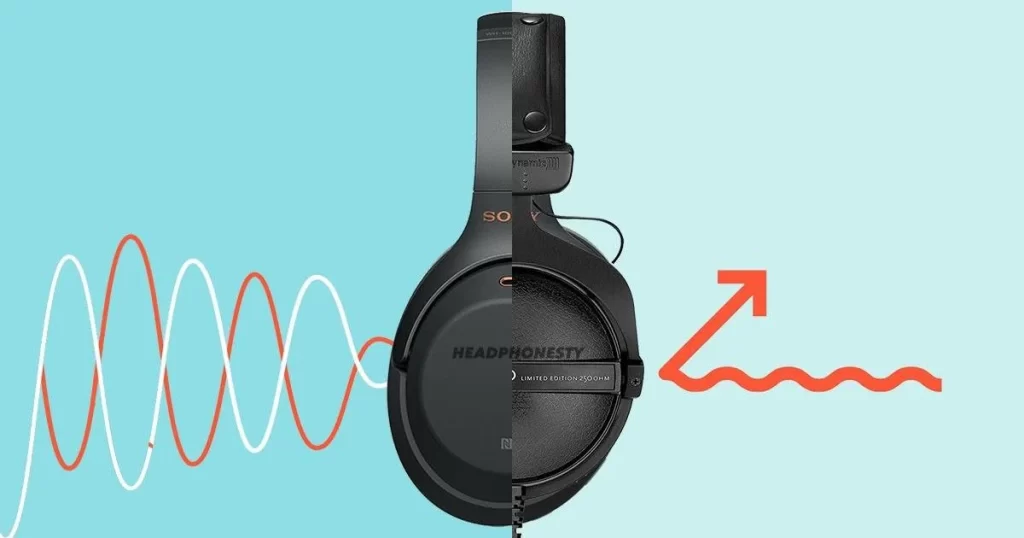If you have ever wondered how noise-cancelling headphones work, you’ve come to the right place. We’ll tell you about the different types of noise-cancelling headphones, and what they do to help you hear better. We’ll also give you tips for picking the best pair of noise-cancelling headphones.
Active noise-cancelling
Active noise-cancelling headphones work by generating a sound wave that is 180 degrees out of phase with the noise around you. The opposite sound wave then travels back to your ears.
In general, active noise-cancelling is more effective at blocking low-pitched noises. However, it does not have the same effect on higher-pitched sounds. Nonetheless, it is a good way to block out ambient noise, which may be a concern for drivers and travelers.
Although it is hard to completely eliminate external noises, active noise-cancelling headsets can be an excellent option. Not only are they able to cancel out unwanted sound, but they can also improve your hearing.
Active noise-cancelling headsets are usually made of two parts: a microphone and a speaker. The microphone gathers the ambient noises in the surrounding environment, while the speaker creates the opposite sound. As a result, you can enjoy music without the droning noises from outside.
Passive noise-cancelling
Passive noise-cancelling headphones are a great way to reduce the outside noise around you. They use circumaural technologies and high density foam to block out external sounds. They are most effective when worn over the ears. Compared to in-ear earphones, these headphones are lighter and can be more comfortable to wear for long periods of time.
While passive headphones are useful for blocking out loud sounds, they cannot stop airplane engine noise. They are also expensive and if worn for long periods of time, they can become uncomfortable.
Active noise-cancelling (ANC) headphones are a more efficient alternative to passive models. They block out noise by creating a waveform that is 180 degrees out of phase with the sounds around you. This wave is then reflected to the opposite side of your ear, where it is absorbed. The higher the quality of the ANC, the more effective it is at erasing the external noise.
Midrange frequencies
There are many things to look out for when buying noise-cancelling headphones. These include frequency response, acoustic gain, and phase cancellation.
If you are looking for a noise-canceling headphone, you want to choose a model that has an accurate and neutral frequency response. This will help you enjoy a good mix. You can check this by checking a frequency response graph.
You should also look for the headphone’s compensation/target curve. A compensation curve is the result of deducting the raw frequency response from the target response. This is easier to read than the raw frequency response graph.
You also need to know whether the headphones have an extended range. This would mean that they have a significant amplitude dip between a thousand Hz and a few thousand Hz. This could be a sign of poor sound quality.
Soundproofing
If you’re the kind of person who enjoys a good audio experience without being bombarded by noise, a pair of noise-cancelling headphones may be your best bet. Not only do these devices block ambient noise, they also allow you to focus on your favorite sounds.
While there are numerous noise-cancelling headsets on the market today, many people are under the impression that these gadgets are more of a gimmick than they really are. However, the technology has come a long way. Several companies have made significant progress in the past few years, and now, even the most jaded music lovers can appreciate the perks of noise cancellation.
Noise-cancelling headphones work by catching sound waves from the environment, transforming them into a negative amplitude wave, and canceling them out before they reach the ears. This is done by a trick called phase inversion. The most important part of this process is making sure the wave’s phase aligns with the phase of the noise that you’re trying to cancel.
Noise-cancelling headphones for kids
Noise-canceling headphones for kids are designed to offer protection to infants and toddlers from loud sounds. They can help to reduce stress, anxiety, and sensory overload for kids with autism. They also can improve concentration and sleep quality.
Children’s headphones typically come in a wide variety of designs and colors. They are also usually lightweight and comfortable to wear. Some include passive noise cancellation and active noise-cancelling features.
Many of the best noise-canceling headphones for kids have an adjustable headband. They may also have volume-limiting features. These features prevent kids from pushing the volume up and damaging their eardrums.
These features should be a priority when choosing a pair of headphones for younger kids. Older kids, on the other hand, are better off with a pair of earbuds that have sound-producing capabilities.






More Stories
From Concept to Reality: How 2025 Gadgets Are Changing Our Lives
Can You Use a TV As a Computer Monitor?
Review and Comparison of Latest Smart Home Devices